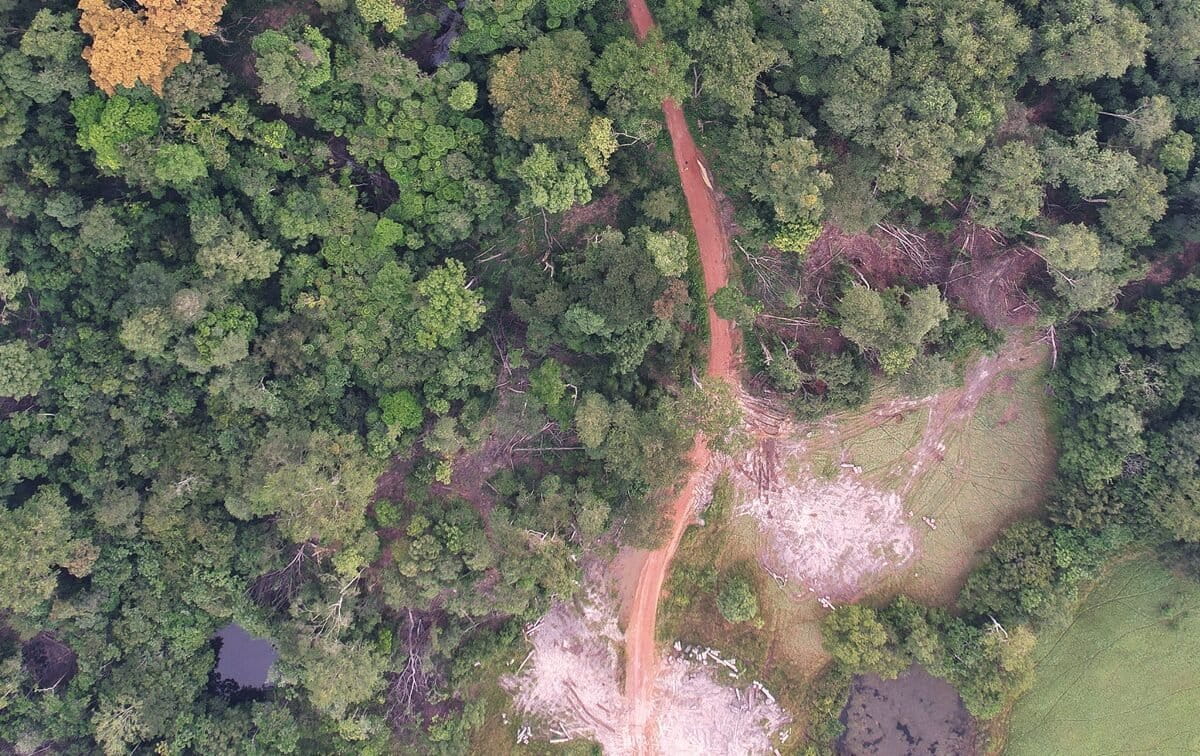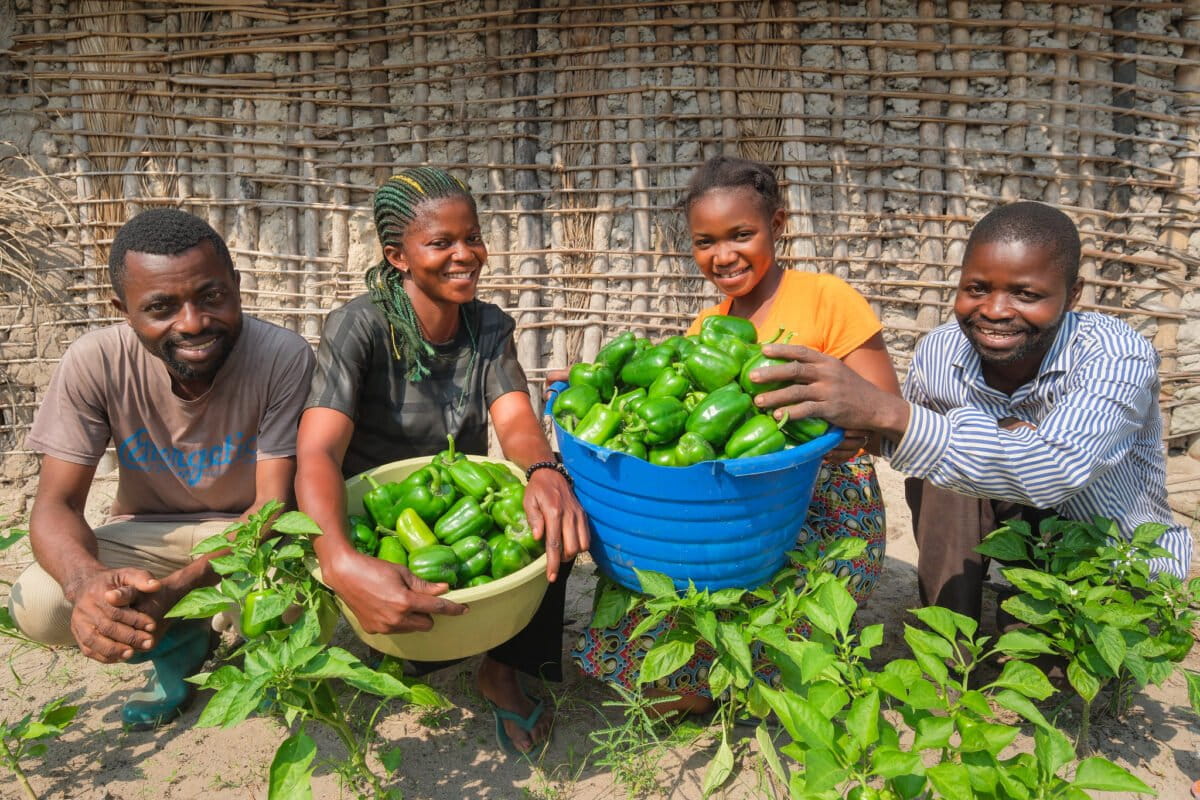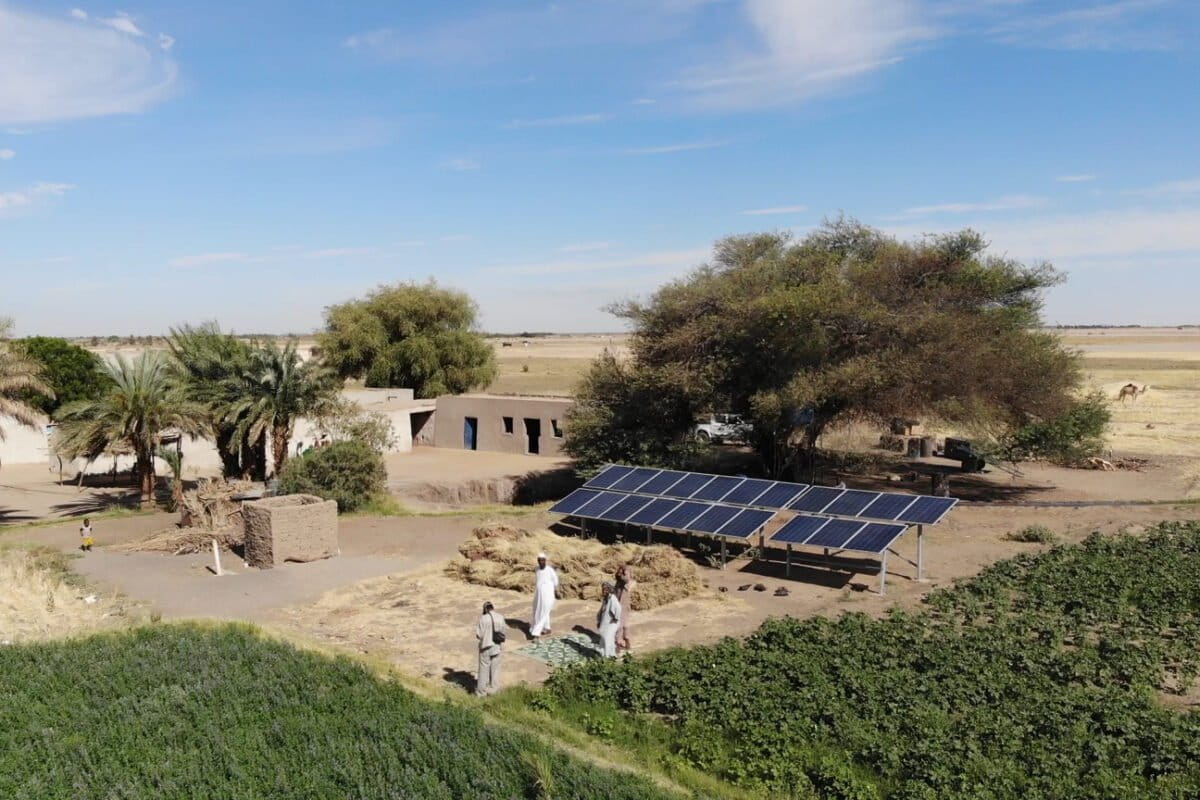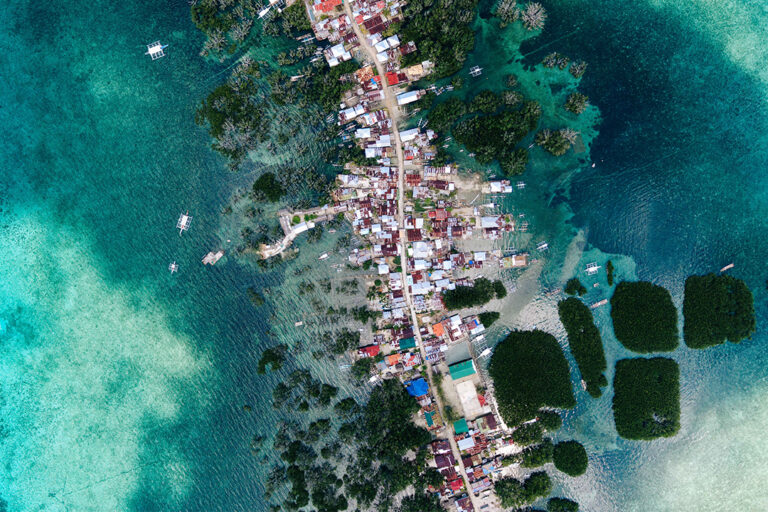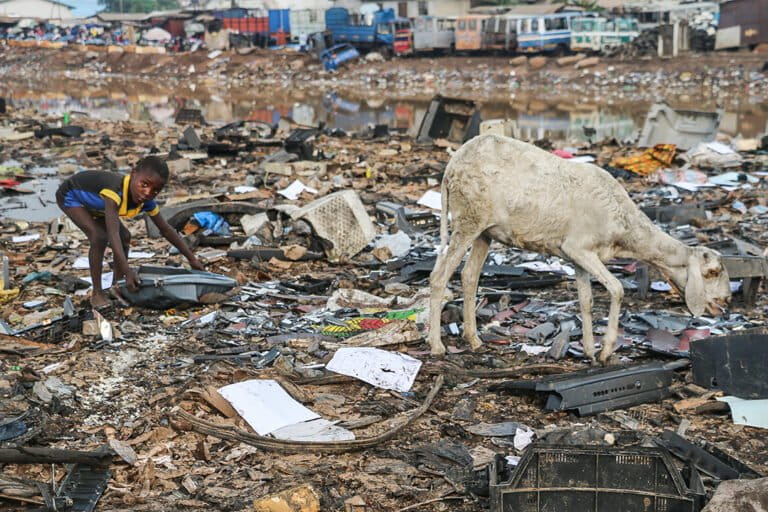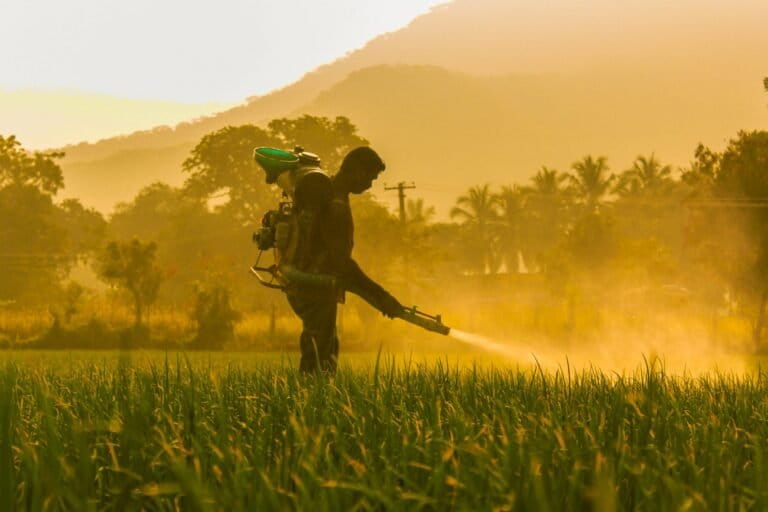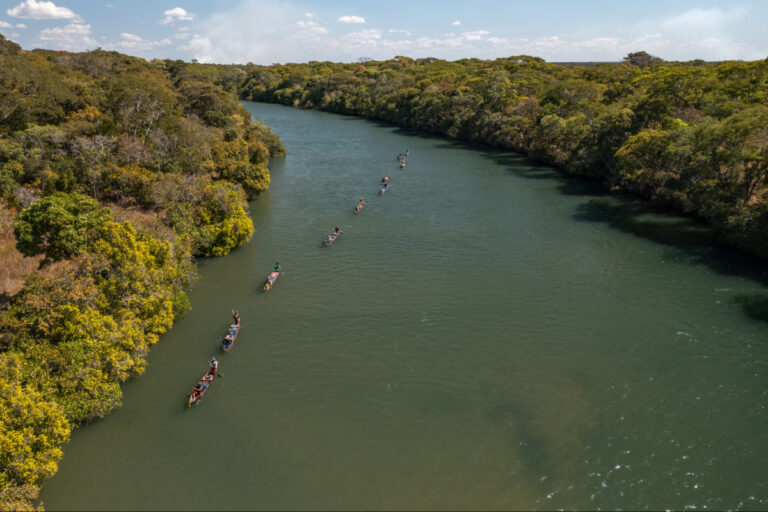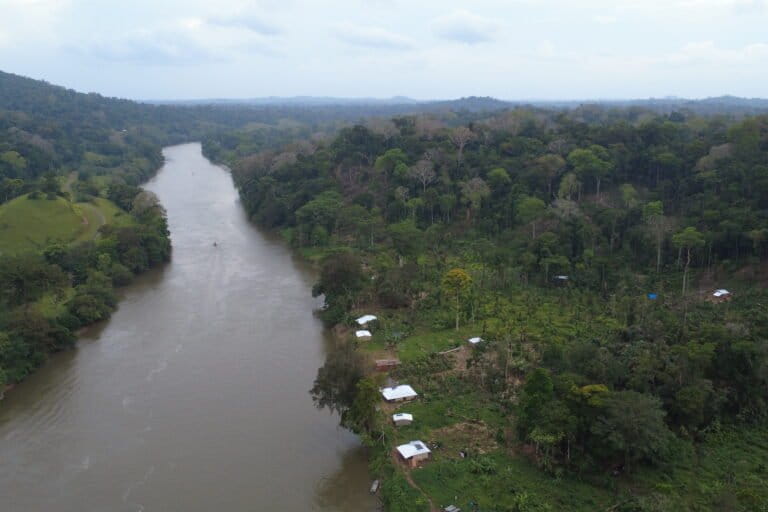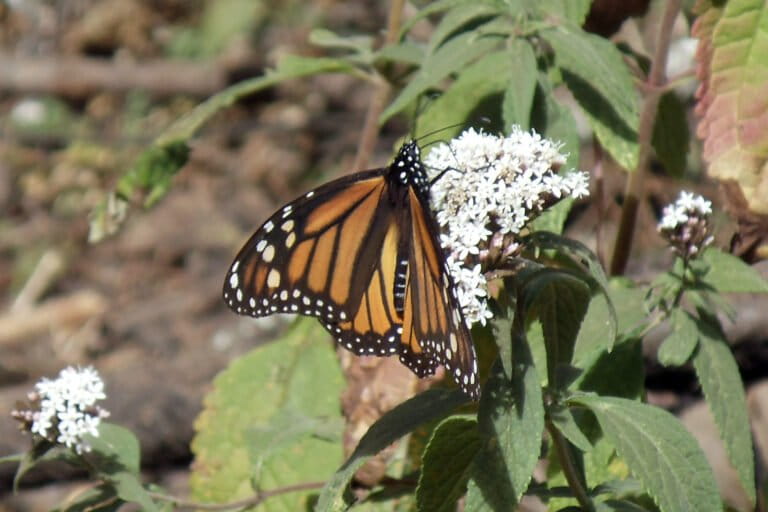- The mega-diverse Galápagos archipelago is home to more than 9,000 species, most of them endemic, including four species of threatened iguanas.
- A new study has uncovered how traffickers obtain valid CITES permits for trafficked animals — Galápagos iguanas in this case — and trade them legally, highlighting the role of national CITES authorities in enabling illegal wildlife trade.
- The study identifies a transnational trafficking network of Galápagos iguanas, with Uganda being a hub for the “legal” trade and raises questions on the origins of these animals.
- Conservationists urge all CITES parties to exercise caution when issuing future permits for endemic species and to consult with countries where they are native. They also recommend canceling all previously issued export permits for Galápagos iguanas and refraining from issuing future export permits.
In 2013, when Sandra Altherr, co-founder of the German NGO Pro Wildlife, began looking into the reptile trade in Europe, she wondered why people paid thousands of euros for little-known reptiles whose trade wasn’t regulated by CITES, the international agreement on wildlife trade. On investigating further, she found many of the expensive reptiles sold were protected in the countries of their origin. While they were illegal to trade in their range countries, they could still be smuggled out and sold internationally, thanks to regulatory loopholes in EU wildlife trade regulations.
What particularly struck Altherr were ads by an individual in Switzerland selling nationally protected reptiles from various parts of the world, including iguanas from the Galápagos, which have been illegal to remove from the archipelago since 1959, with the creation of the Galápagos National Park.
“No one at the time in Europe even kept these animals. … It was clear he was special,” Altherr told Mongabay, referring to the individual that caught her eye. “Then we followed him, and collected data on him.”
That digital sleuthing, which lasted for more than a decade, has now uncovered a “true crime” story of transnational trade in live Galápagos iguanas sought after by reptile collectors and private zoos worldwide, who are willing to pay top dollar.
“Galápagos iguanas are at the top end of black market prices for reptiles,” Altherr said.
In a recent study, Altherr and her colleagues — including herpetologists, wildlife trade experts and conservation scientists — present the case of transnational trade of protected Galápagos iguanas to illustrate how traffickers game the CITES permit system. Their investigation uncovers how traders obtain legal permits for allegedly trafficked animals and their offspring and highlights the role of national CITES management authorities in Mali, Uganda and Switzerland in enabling illegal wildlife trade. Their findings were published in the journal Biological Conservation.
The Galápagos are home to more than 9,000 species, most of them endemic, including four endemic iguana species: the Galápagos land iguana (Conolophus subcristatus); the critically endangered Galápagos pink land iguana (C. marthae) described as a new species in 2009 and found only on Wolf Volcano, the archipelago’s highest peak; the Barrington land iguana (C. pallidus); and the marine iguana (Amblyrhynchus cristatus), which swims and eats algae. All of them are threatened by climate change and invasive species.

The four iguana species have also been listed on CITES Appendix II since 1975, meaning their international trade is regulated and must have export permits issued by the exporting country. However, recent media reports indicate that illegal wildlife trade is a growing concern, as authorities have arrested suspected reptile traffickers in the archipelago.
The study authors searched the CITES database, which records all legal international trade in wildlife, and found that 47 Galápagos iguanas were officially traded between 1975 and 2023. Of these, only seven transactions occurred prior to 2010, and just one of them was for commercial purposes. Most of the export permits were issued after 2010, mainly from Mali, Switzerland and Uganda – countries where these iguanas are not native. All trade since 2010 has been for commercial purposes.
Prior to 1975, some marine iguanas had been kept in zoos in other parts of the world. For instance, in 1962 New York’s Bronx Zoo received marine iguanas and giant tortoises from a Galápagos expedition. In the 1960s, there were reports of Frankfurt Zoo and Chicago’s Brookfield Zoo keeping these reptiles.
Ecuador, however, has never issued any permits for the export of these iguanas since 1975, according to the CITES database, a fact confirmed by Ecuador’s CITES management authority to Mongabay. “National regulations prohibit the extraction of these species in the Galápagos,” a spokesperson at the authority said.
So, how did these iguanas end up in trade in countries thousands of miles away from the Galápagos with legal permits issued for their trade? Altherr and her colleagues wondered.
“Galápagos, more so than probably any other location where iguanas can be found, has some of the most stringent regulations,” said Chuck Knapp, the co-chair of the IUCN Iguana Specialist Group and a co-author of the study. “If a country like the Galápagos has no export permits for these animals, then that should tell you that these animals were not exported legally.”
Legalizing illegal trafficking
Based on CITES data, the researchers say that suspicious international commercial trade in Galápagos iguanas began in 2010, with two Galápagos land iguanas and two pink land iguanas exported from Mali to Switzerland. However, Switzerland reported the import of only two Galápagos land iguanas. In 2012, Switzerland reported the import of three marine iguanas from Mali — a transaction that Mali hasn’t reported to the CITES Secretariat.
All seven individuals were labeled as “captive bred” in the export permits, although there are no recorded legal imports of founder stocks — or the parents — to be bred in captivity.

The researchers suggest that the parents may have been smuggled out of Galápagos to Mali at some time and then obtained their CITES export permit from Mali before being sent to Switzerland. Between 2012 and 2013, the researchers discovered social media posts by a Swiss resident featuring photos of marine iguanas and Galápagos land iguanas from his private collection.
In 2014, Switzerland issued an export permit for four live Galápagos land iguanas and two marine iguanas to be sent to Uganda, both labeled “captive bred.”
“The exporting countries should verify whether the founder stock was legally acquired,” Altherr said. “This paper shows the central problem that in cases where the countries are issuing permits without being critical, without investigations … they help to launder illegally sourced animals.”
While some of the iguanas may have actually been bred in captivity, the founder stock was acquired illegally, she added, since Ecuador didn’t issue any legal export permits.
The researchers state that, to their knowledge, there is no captive breeding facility outside the Galápagos that breeds legally acquired Galápagos iguanas.
Data from Zootierliste, an online inventory of vertebrates in zoos around the world, show that a private zoo, called CTC Conservation Center in Uganda, houses live Galápagos land iguanas, along with a zoo in Japan and South Korea. The CTC Conservation Center is the only facility in the world that has marine iguanas, and its founder was convicted in 2010 in a reptile trafficking case in New Zealand.
Wildlife trade researcher Chris Shepherd, senior conservation advocate with the Center for Biological Diversity, told Mongabay by email that the study was “a useful and timely piece of work,” as it highlights thriving reptile trafficking. “By issuing permits without verifying the origin of animals, CITES Parties are rewarding traffickers and undermining the very framework meant to protect threatened wildlife.” Shepherd was not involved in the study.
Uganda, the epicenter of Galápagos iguana trade
Since 2017, Uganda has held a monopoly on exporting Galápagos land iguanas, all of which are labeled as “captive bred,” according to CITES data. From 2017-23, the country has reported the export of 64 Galápagos land iguanas, mainly to Southeast and East Asian countries such as Thailand, Indonesia, South Korea and Japan. Social media posts and videos posted by reptile traders in these countries show Galápagos land iguanas for sale.
“These animals are almost exclusively traded by Uganda,” Altherr said. “This is the epicenter of this trade.”
George Owoyesigire, acting commissioner for wildlife conservation at the Department of Wildlife Conservation in the Ministry of Tourism, Wildlife and Antiquities, Uganda’s CITES management authority, rejected the accusations made in the study. In an email to Mongabay, he said it was “published without any context or consultation with Uganda, hence highly biased, distorted and misleading.”

“The founder stock of Galápagos was legally imported from Switzerland with all required legal documents issued by the [Swiss] CITES management authority,” Owoyesigire said.
Although worldwide legal trade in “captive bred” Galápagos iguanas has surged since 2010, according to CITES data, reports of traffickers nabbed on the archipelago possessing protected iguanas have also risen. In 2015, a man was caught with nine hatchlings of marine iguanas and two juvenile Galápagos land iguanas, supposedly to be sent to Uganda. In 2022, traffickers possessing Galápagos land iguanas were sentenced to prison in Ecuador.
“These are bold actors that are willing to break the law and really take risks in order to fuel [the illegal trade],” Knapp said, adding that the Galápagos pink iguanas, for example, are found on a remote volcano that can only be accessed by a helicopter. “So, for someone to be able to go up there and smuggle these animals down, to me, tells a whole larger story about how intricate and persistent this illicit wildlife trade can be.”
Altherr said traffickers often catch gestating females, so they can declare the offspring as “captive bred” animals shortly after. Or they smuggle juveniles and hatchlings that are easy to transport, can evade detection and adapt better to captivity than adults.
When asked how Uganda ascertained that iguanas exported as “captive bred” from Uganda were indeed captive bred, Owoyesigire said the CTC Conservation Center, which is the only entity in Uganda that seems to have Galápagos iguanas according to the data from Zootierliste, “LEGALLY imported the animals” and that it is “inspected routinely or regularly by the Wildlife Management Agency and CITES Management Authority to ascertain the welfare conditions and population management prior to any licensing.”
“Uganda’s Wildlife Management Agency and CITES [Management] Authority often follow all international protocols to monitor and prevent any potential laundering and illegal trade,” Owoyesigire said, without elaborating what those protocols were.
The study also identified some discrepancies in CITES data. While Uganda has officially declared exporting 64 individuals, importing countries have reported only 47. This mismatch, researchers say, could be administrative errors or indicate trafficking or permitting irregularities. There are also discrepancies in the purpose codes, which indicate the purpose of import/export, used on permits. Some countries, such as Sudan and Uganda, have not reported exports of some iguanas to CITES.

In 2022, Ecuador’s Ministry of Environment, Water and Ecological Transition, which is also the CITES management authority, outlined these discrepancies and flagged the suspicious international trade in a report at the CITES Standing Committee meeting about illegal trade in Galápagos iguanas.
“The laundering of Galápagos iguanas is illustrative of a global pattern affecting many high-value reptile species, where weak enforcement and poor permit scrutiny allow traffickers to disguise illegal wild-caught animals as legal exports, falsely declared as being captive bred,” Shepherd said. “Their value on the exotic pet market and endemic nature make them prime targets for exploitation, and time is running out.”
Bring back the iguanas
The study uses the example of the Galápagos iguanas to shed light on the broader problem of CITES permits issued by countries that fail to verify the origins of traded animals. The researchers say that CITES member countries must honor the legal acquisition findings resolution that recommends verifying that the founder stock of traded animals is legally obtained. They also urge countries to revoke valid export permits issued for “captive bred” Galápagos iguanas and consult with Ecuador before issuing any future permits.
“CITES should request all parties involved in this trade to confiscate the animals which are outside Ecuador and bring them back to the country of origin,” Altherr said. “The other step is that we definitely need to have higher penalties against these criminal activities. … Often, wildlife crime is seen as something harmless or tolerable.”
In an email to Mongabay, Ecuador’s CITES management authority said it is seeking to take steps under the CITES framework to stop the captive breeding of iguanas obtained illegally and is submitting a proposal to transfer all Galápagos land and marine iguana species from Appendix II to Appendix I, which would prohibit all commercial international trade. This proposal would be discussed during the upcoming CITES Conference of Parties slated for the end of the year, the spokesperson told Mongabay in an email.
“In addition, the Galápagos National Park Directorate (DPNG), with the support of the Environmental Police Unit (UPMA) and the National Judicial Police Investigation Unit (UNIDCAN), implements strict controls at ports and airports, with permanent personnel at sites vulnerable to species trafficking,” the spokesperson said, referring to steps Ecuador is taking to combat iguana trafficking. “The DPNG implements monitoring systems with camera traps in nesting areas or habitats of the species most sought after for trafficking.”
With Galápagos iguanas already threatened, Altherr said the growing concerns with illegal trafficking can be detrimental to their wild populations. “But it’s more than just the conservation aspect,” she said. “It’s the question [of] whether we accept illegal activities.”
Knapp said he’s looking forward to discussions on fixing loopholes in the CITES permitting system so such trade does not happen with other endemic and threatened iguana species. “There are conversations now in CITES to address this,” he said. “I’m hoping that some good will come out of it.”
While countries work it out, people have a role to play, too, Knapp added.
“Whether or not it’s iguanas or wildlife, people need to take a second and just think about their actions and how they affect wildlife and habitat,” Knapp said. “I think it would go a long way to protecting the planet.”
Citations:
Auliya, M., Nijman, V., Altherr, S., Aguilera, W. T., Ariano-Sanchéz, D., Cantu, J. C., . . . Weissgold, B. (2025). Trafficking of Galápagos iguanas as an example of a global problem: CITES permits, laundering and the role of transit countries in Europe and Africa. Biological Conservation, 305, 111104. doi:10.1016/j.biocon.2025.111104
Banner image: Galápagos land iguanas are a protected species endemic to the Galápagos, which the study found was being traded. Image by (c) Tim Ellis.
FEEDBACK: Use this form to send a message to the author of this post. If you want to post a public comment, you can do that at the bottom of the page.



